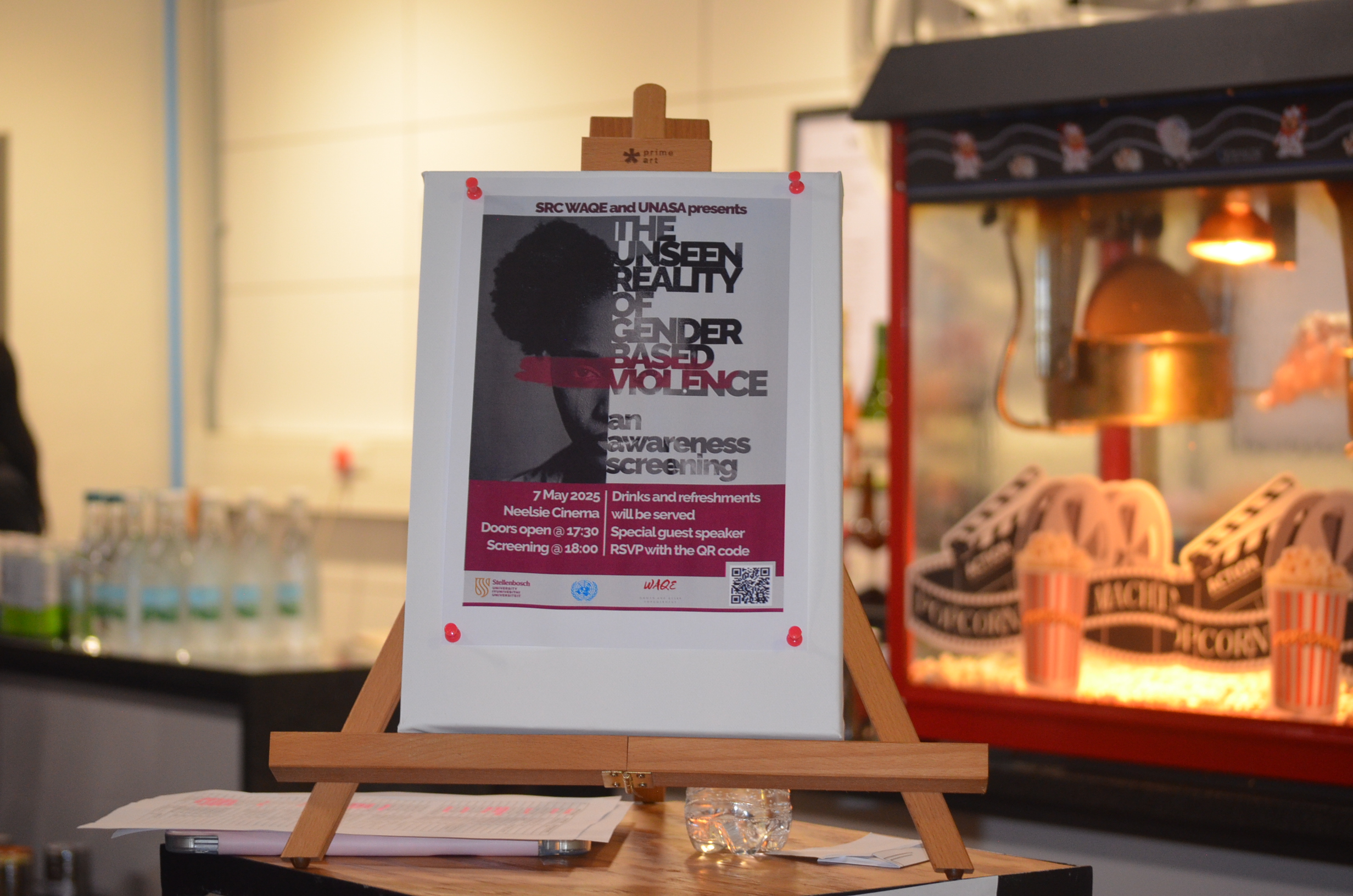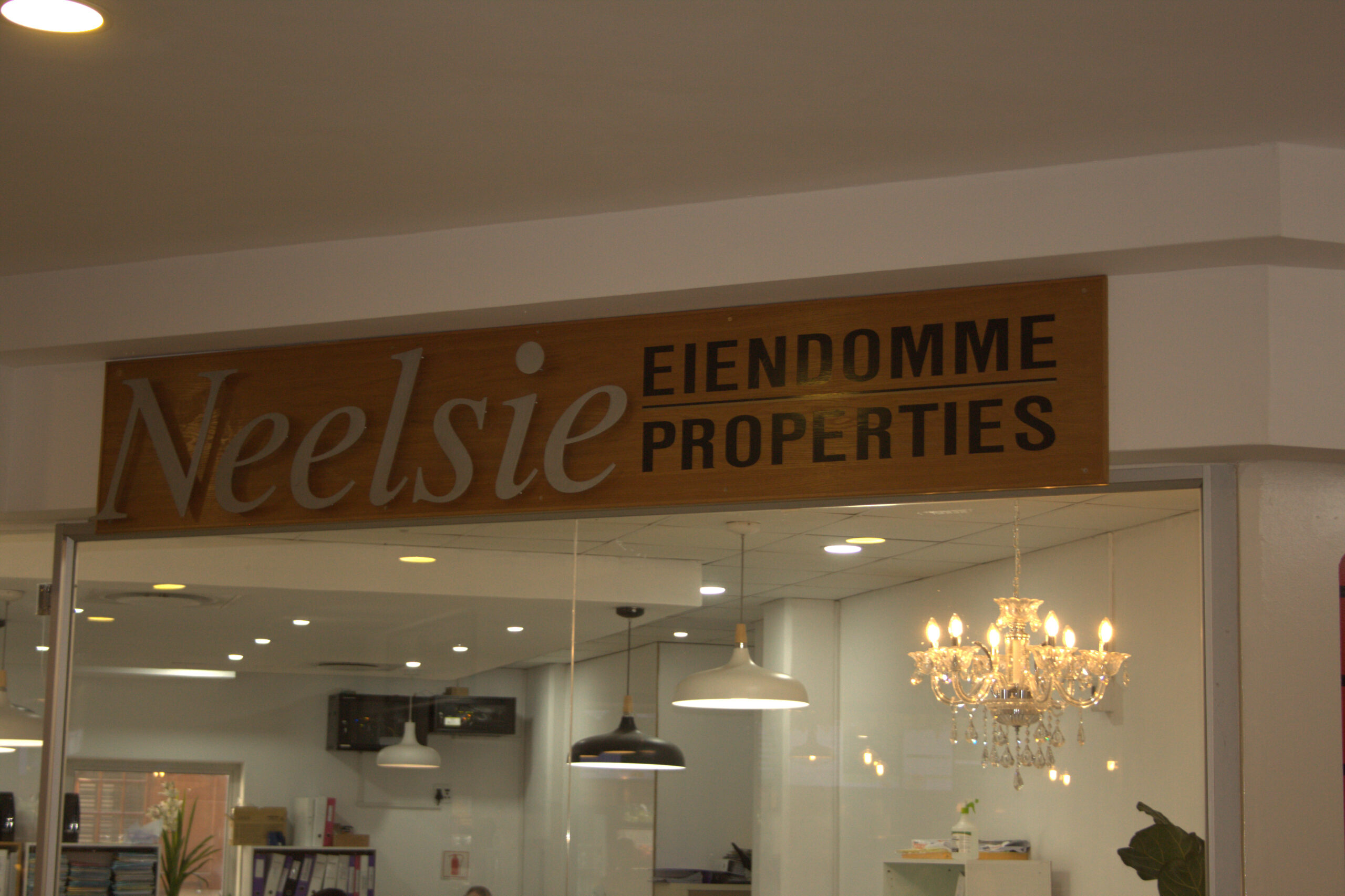BY LESEDI MNISI
Not everyone can create artworks that are worth millions; however, Jade Stander has shown that, regardless of what it may look like, all art is valuable.
Stander, a third-year BA (Visual Communication Design) student, created a platform for Stellenbosch University (SU) students to paint, reflect and communicate. She placed an empty wall on the Rooiplein, provided gloves, sanitiser, paint, and brushes, and left it there for people to contribute to as they wished. The wall was on the Rooiplein from Monday 4 October until Friday 8 October, by which time the white wall had turned into a colourful canvas representing the hearts and minds of various SU students.
Die Matie sat down with Stander and talked with her about art, community and mental health, which are the three topics that lay at the core of her project.
Why are you studying art?
I’m actually a VCD (Visual Communication Design) student, [which is] basically graphic design…[I]n the beginning, I was much more drawn to Fine Arts, just because of the physical release of art, but I realised that with graphic design you can also do that, that you’re not limited. I’m studying art in hopes of touching other people’s lives and connecting people to each other.
I don’t think of art as an individual act but…more of an act of connection and not being isolated in whatever you’re feeling. It can be a form of self care; it has the power [to make you feel like] you’re not isolated as a person and that you can make sense of your life and the things that happen in your life through art. I do feel like I’m good at it, that’s what drew me to it… Just being able to look at things from a different perspective and think of things more critically—I feel like art teaches you that—to perceive in a deeper way and not to look at things on a surface level.
I think it’s very interesting that you think art is not something individual but that it is about connecting people, especially since you are doing this project where people can come together and collaborate with one another. What is the theme of the project?
The theme of this term is public storytelling…[W]e obviously have the choice with COVID-19 to go digital, but while being [COVID-19]-friendly and having sanitiser and surgical gloves for people to be able to do this, I felt that it was important for people to touch things and be physical. In this time, we don’t get to do that often and most of what we’re doing is digital but the theme of this project, for me, is mental health.
It’s all about mental health, and every colour had a meaning. All the colours were labelled and it allowed people to reflect on what they were feeling and then represent it on the board as they felt. There were no instructions, they were just given the space to interact with…I wanted to create a sense of community [amongst] the Stellenbosch students, and that goes back to not feeling isolated in whatever you are feeling. Whether you’re happy, sad or [feeling a more nuanced emotion], you can see that other people are also feeling that. It’s also really important to have that sense of community in a time that’s so isolated and hostile, [and to] connect with other people because this space also became a space where people could engage with each other and have really interesting conversations. I didn’t contribute much to this; I didn’t paint much but I rather let other people come and paint.
Considering that you have been making art for a few years and have now used art to create a platform for people to express and process their emotions, have you felt like art has helped you to connect with your emotions and understand what you are feeling and going through?
Sometimes a blank canvas can be scary and intimidating, but art has the power to foster self-awareness and [help you] recognise your feelings. Sometimes, in a subconscious way, you don’t know what you’re feeling but it will come out as soon as you start to process [it], and art definitely makes that emotional intelligence connection with [the] body also. It functions [inwardly] and outwardly. I think especially at the faculty they teach us to think critically but also about ourselves and [to] reflect on not just our feelings but our opinions on things, and to move away from subjectivity and maybe ask [ourselves] why [we] have these biases.
Do you think that you will do projects like this in future?
I’ve never considered it [until now] but, when I did this, I realised how it impacted other people in my community and it felt like an act of giving back to other people, and it was very empowering for me. [I have] also been struggling with mental health for the past year [during COVID-19] [whilst] being isolated. It’s energising to do this and to let other people do this. Now that I’ve done it, I realise the potential that these kinds of projects have and that your art doesn’t have to be something done by you but it can rather be a space for other people to be themselves and to do something new.
Not everyone gets to paint and no one really wants to buy paint, or they feel like they’re not good at art when art doesn’t have to be good. So I definitely do think from now on this has changed me and that I will look at projects like this in the future.
You have created a platform where people of all art skill levels can contribute and participate. The last time I did art was in grade 9 and I was not even that good at it, but you created a safe space for people to explore their artistic abilities which I believe has a larger impact than you simply making something beautiful for people to observe.
Exactly, and I was hoping that it [would establish] a pattern of people asking themselves how they feel [and] checking up on themselves every day. So often we don’t recognise what we’re feeling actively in the moment. The reason I kept it up for three days was so that these layers [could] form, and that’s kind of like representing how our emotions work day-to-day. You can’t box it [in] on Monday, Tuesday, Wednesday; it flows like it goes over each other. It can be overwhelming and that’s exactly what this is.
Some people came back every day, or in the morning versus the afternoon to paint something completely different, and I hope people walk away and check up on themselves. [I also hope people] realise that they do need a release. It doesn’t have to be art; it can be anything, but a release of whatever they’re feeling, and [they need] a safe space to do that.



